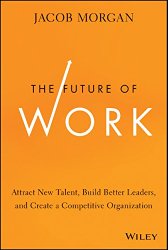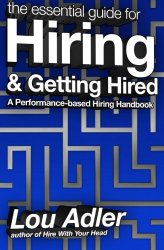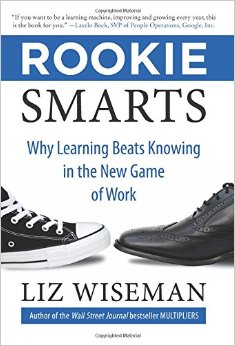Read the latest articles and book reviews from Mariposa and shared from other sources of interest.
The Communication Toolbox
We all grow up with our own unique communication style. Some people by nature are very direct. They come right to the point. They tell it like it is. They don’t mince words. Other people are more diplomatic, more indirect, more subtle in their communication. Indeed, there are a variety of communication styles—quiet, loud, forceful, caring, showy, authentic, and many more.
One metaphor I have found helpful in working with leaders to develop their communication skills is what I call “The Communication Toolbox.” The idea is that we each have a communication style that is most natural and comfortable for us. Usually, it’s a style we began to develop early in our lives or careers, and that somehow has served us well. But no one communication style is going to be right for all situations, and leaders encounter a tremendous diversity of people and contexts. Part of being a well-rounded leader means having more than just one tool. The further up you go in an organization, the more important it is to have a broader set of tools in your communication toolbox.To read the entire article, visit the Sierra Leadership blog.
MORE


